A macOS Catalina USB install drive is a great tool to have on hand to for quick and easy macOS 10.15 reinstalls. We show you how in this video tutorial. If you want to do a clean install of macOS Sierra, or you have multiple Macs to install it on, then a bootable flash drive for is your best bet for easy installation. Here’s how to make one. If you can't start up from the bootable installer, make sure that the External Boot setting in Startup Security Utility is set to allow booting from external media. Choose your language, if prompted. Select Install macOS (or Install OS X) from the Utilities window, then click Continue and follow the onscreen instructions. Basic steps to clean install macOS Big Sur. The first step is to clean and back up your Mac to some external source. Then, you’ll need to download macOS Big Sur package to your Applications. Next, you’ll need to create a bootable USB installer (involves another external drive).
Apple released macOS Big Sur on November 12, 2020. macOS Big Sur continues the list of Central California landmarks as well as marks the new operating system for Mac. Those who tried it say that it’s more stable. It also sports a refreshed version of Safari that is 50% faster than Chrome. Here’s how to perform a clean install of macOS Big Sur with pictures and helpful tips along the way.
What is a clean install? (Big Sur or any other macOS)
A clean install means that you install the macOS onto the erased drive.
Why is clean install more preferable?
A clean install is the opposite of macOS upgrade. You format your hard drive, and therefore, it keeps no leftovers from the previous macOS.
- macOS performs faster
- You get rid of apps you don’t use
- Persistent issues may go away
Basic steps to clean install macOS Big Sur
The first step is to clean and back up your Mac to some external source. Then, you’ll need to download macOS Big Sur package to your Applications. Next, you’ll need to create a bootable USB installer (involves another external drive). And lastly, we’ll use Disk Utility to erase your Mac and install macOS Big Sur using the bootable USB device.
1. Clean & Back up your Mac
Cleanup
Cleaning your Mac is generally a healthy practice but since we’re about to back your Mac up, it’s worthwhile to get rid of system junk first. After we’ve cleaned your Mac, you’ll end up with a refreshed system ready for a Time Machine backup.
Time Machine will make a snapshot of your system.But before that we’ll ensure there's no unwanted leftovers on your entire Mac. To clean your machine automatically, you can run CleanMyMac X. This tool is one of the best-known cleaning utilities for Mac, and it’s been notarized by Apple.
Download the free version of CleanMyMac X cleaner here.
Install the app and click on System Junk to perform the scan.
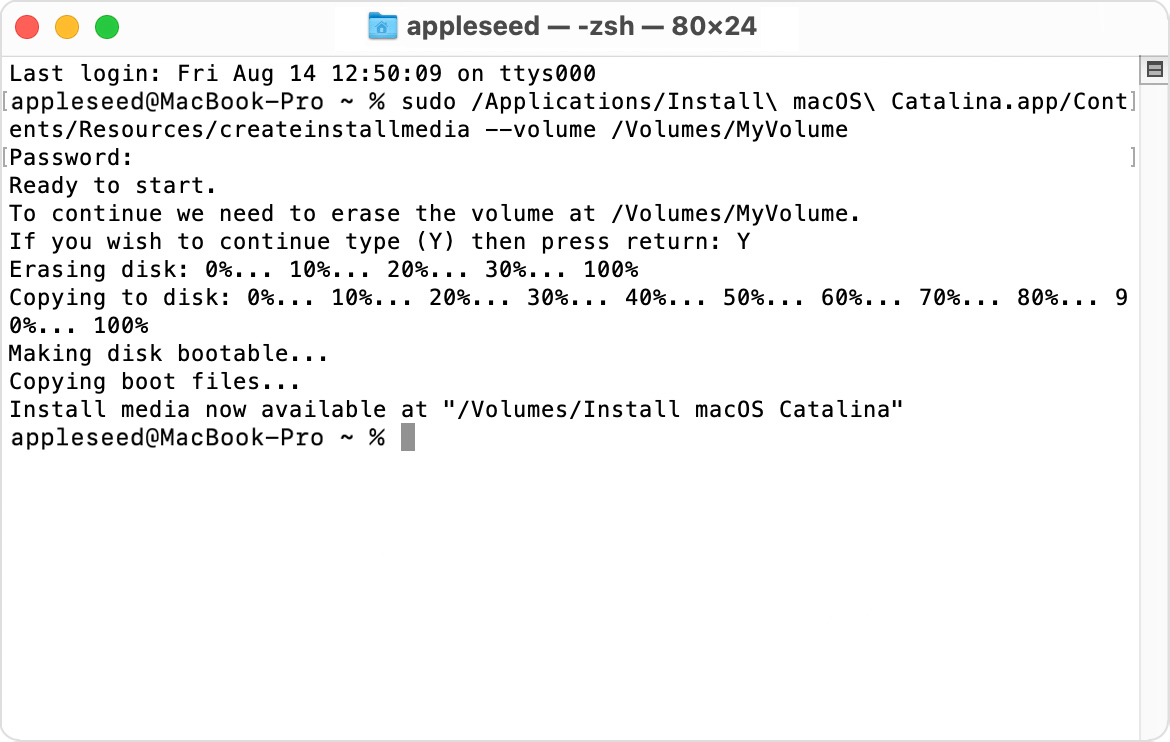
Back up your Mac
Now, you’re ready to back up your computer. There is a tool built just for that purpose, you guessed it, Time Machine. Time Machine needs a storage source onto which it will copy your system.
So, you’ll need an external drive. This is the first external drive that we will use to clean install macOS Big Sur. This is the reserve backup for the worst-case scenario.
- Go to System Preferences > Time Machine.
- Connect an external drive (that’s more spacious than your current system).
- Select this Disk as a backup source in Time Machine.
Well done. The preliminary steps are done with, and we’re ready to clean install macOS Big Sur.
2. Download macOS Big Sur installer
macOS Big Sur has been released on November 12, 2020.
Since the public release in the fall of 2020, macOS Big Sur can be downloaded from the Mac App Store. It also can be found in the Software Updates pane in System Preferences.
So you’ll find it in System Preferences > Software Updates.
- Click Upgrade Now
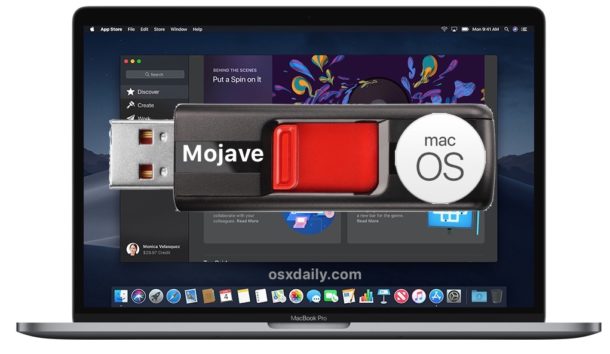
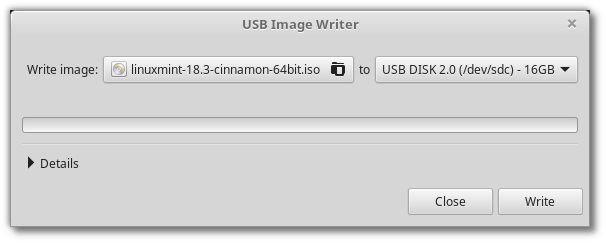
Wait for the installer to download onto your drive. You will see the macOS Big Sur intro screen.
Don’t click Continue but for now, close this window by choosing Quit Install.
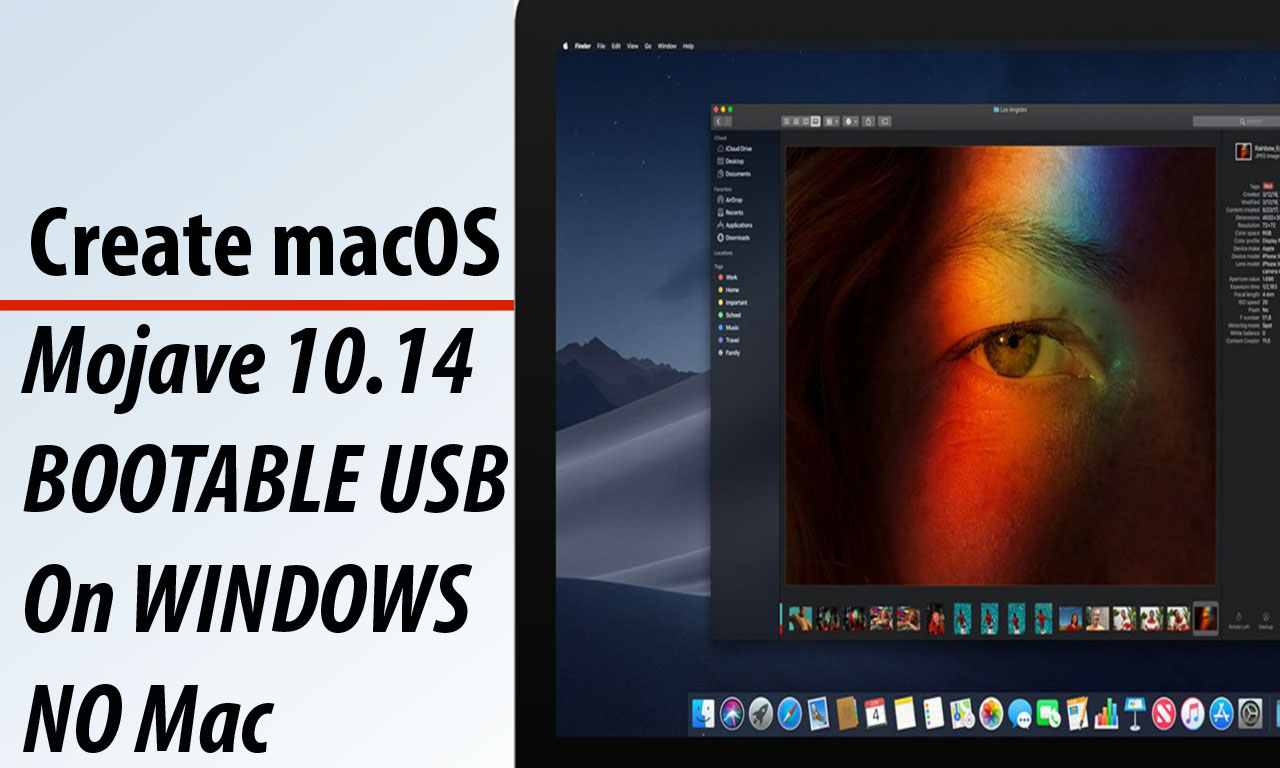
We only want to make sure that the app called Install macOS Big Sur.App is now firmly sitting in your Applications.
This is the file we’ll use later to run the clean install of macOS Big Sur via Disk Utility.
Now, and only now have we come to clean installing macOS Big Sur. This is only a short stop on the road, so catch your breath, and let’s move along.
3. Create a bootable Big Sur installer
Now, it’s time to grab another USB flash drive and connect it to your Mac. This drive should have at least 16 GB of storage space.
Wipe the drive clean with Disk Utility
- Pick this drive and click Erase in the top menu.
- Double-check what you’re erasing.
- Make sure the USB drive is shown as “Untitled”
- Under Format, choose: Mac OS Extended (Journaled)
All data on that disk will be lost, so beware.
Go to Terminal (Phew, we’re almost there)
This step will actually create the source disk so we can install Big Sur from bootable USB.
Launch Terminal app from your Launchpad.
Paste in the following command:
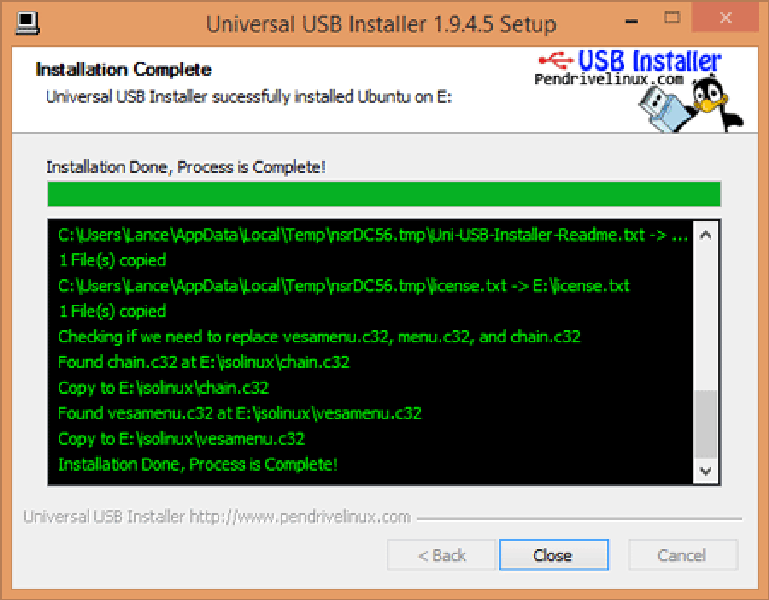
sudo /Applications/Install macOS Big Sur.app/Contents/Resources/createinstallmedia --volume /Volumes/Untitled
Type in your admin password and press Return and Y to confirm the action.
Install snow leopard from disk. Mac OS X Snow Leopard (version 10.6) is the seventh major release of macOS, Apple's desktop and server operating system for Macintosh computers. Snow Leopard was publicly unveiled on June 8, 2009 at Apple’s Worldwide Developers Conference. The quick version goes like this: Boot into the Snow Leopard installer, format the hard drive you want to install Snow Leopard to (go to Utilities - Disk Utility, then click on the drive, select.
This command creates a bootable USB installer based on macOS Big Sur.app, which we’ve previously placed in your Applications.
4. Erase your startup drive in Disk Utility
It’s time to wave goodbye to your current configuration. Remember, we’ve already cleaned it up from junk with CleanMyMac X and backed it up onto our first reserve USB drive.
Macos Make Bootable Usb From Iso
Now, start your Mac in Recovery mode:
- Turn off your Mac and hold down Command + R.
- Choose Disk Utility from the menu.
- Choose your main startup drive and click Erase.
Voila! Your Mac is now formatted. What you can do now (actually, this the only thing you can do now) is to clean install macOS Big Sur 11 from the connected USB installer drive. If it’s not connected, connect the bootable USB installer now.
- Go back to the original Disk Utility screen
(If you can’t return to Disk Utility, restart your Mac and hold down the Option key) - Click Install macOS and choose to install it from the selected USB drive.
- Click on “Install macOS”
How do I regularly install macOS Big Sur?
The regular install is done via upgrading your current macOS. That is, you don’t erase your entire disk. When the new macOS Big Sur is officially released, you just open the App Store > Updates.
Or even better, go to your System Preferences > Software Updates
How to reinstall macOS Big Sur?
If for some reason your Big Sur macOS doesn’t work as expected, you can reinstall it by sending your Mac into Recovery Mode.
- Restart your machine and hold down ⌘ + R
- Choose Reinstall macOS
Macos Make Bootable Usb Windows 10
That’s it.
Macos Make Usb Bootable
As we’ve just seen, running a clean install of macOS Big Sur could be a crazy rabbit hole. We hope you survived. Now you’ll be rewarded with the best Apple’s operating system up to date. You’ll also have a clean Mac that works at blazing speed with a little extra help from our favorite Mac cleaner — CleanMyMac X. You can get started with a trial version — so download it here.
